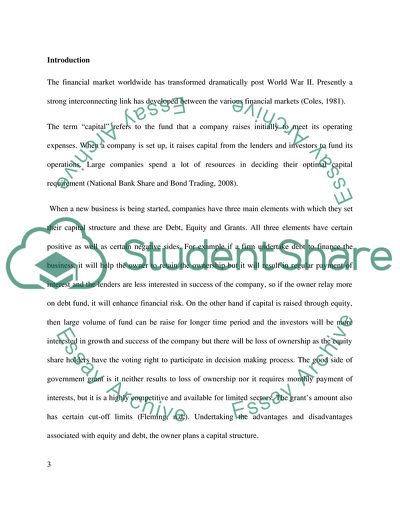Cite this document
(Raising Capital from Equity and Bond Market and Capital Asset Pricing Term Paper - 1, n.d.)
Raising Capital from Equity and Bond Market and Capital Asset Pricing Term Paper - 1. Retrieved from https://studentshare.org/finance-accounting/1728907-international-financial-markets
Raising Capital from Equity and Bond Market and Capital Asset Pricing Term Paper - 1. Retrieved from https://studentshare.org/finance-accounting/1728907-international-financial-markets
(Raising Capital from Equity and Bond Market and Capital Asset Pricing Term Paper - 1)
Raising Capital from Equity and Bond Market and Capital Asset Pricing Term Paper - 1. https://studentshare.org/finance-accounting/1728907-international-financial-markets.
Raising Capital from Equity and Bond Market and Capital Asset Pricing Term Paper - 1. https://studentshare.org/finance-accounting/1728907-international-financial-markets.
“Raising Capital from Equity and Bond Market and Capital Asset Pricing Term Paper - 1”. https://studentshare.org/finance-accounting/1728907-international-financial-markets.


